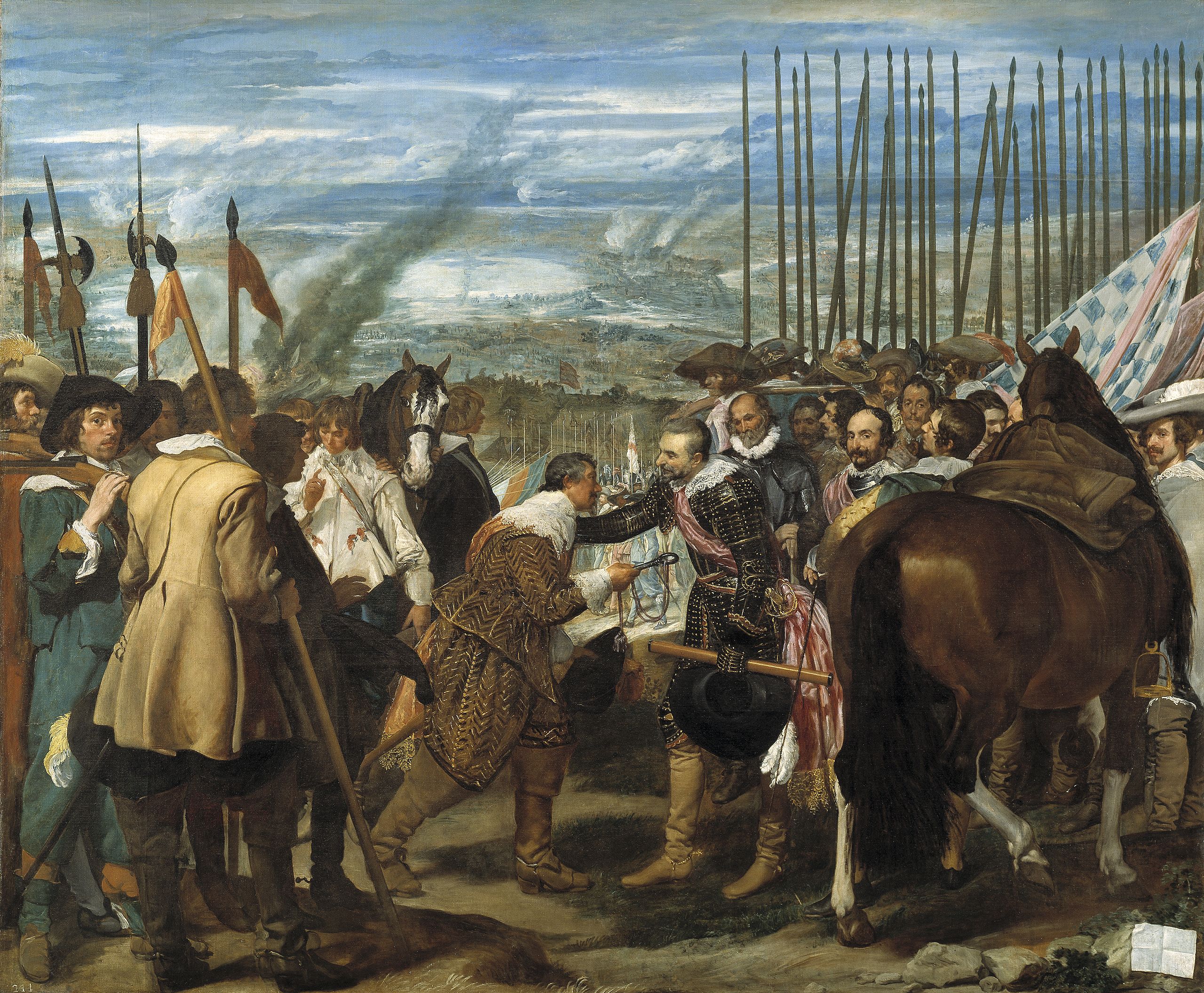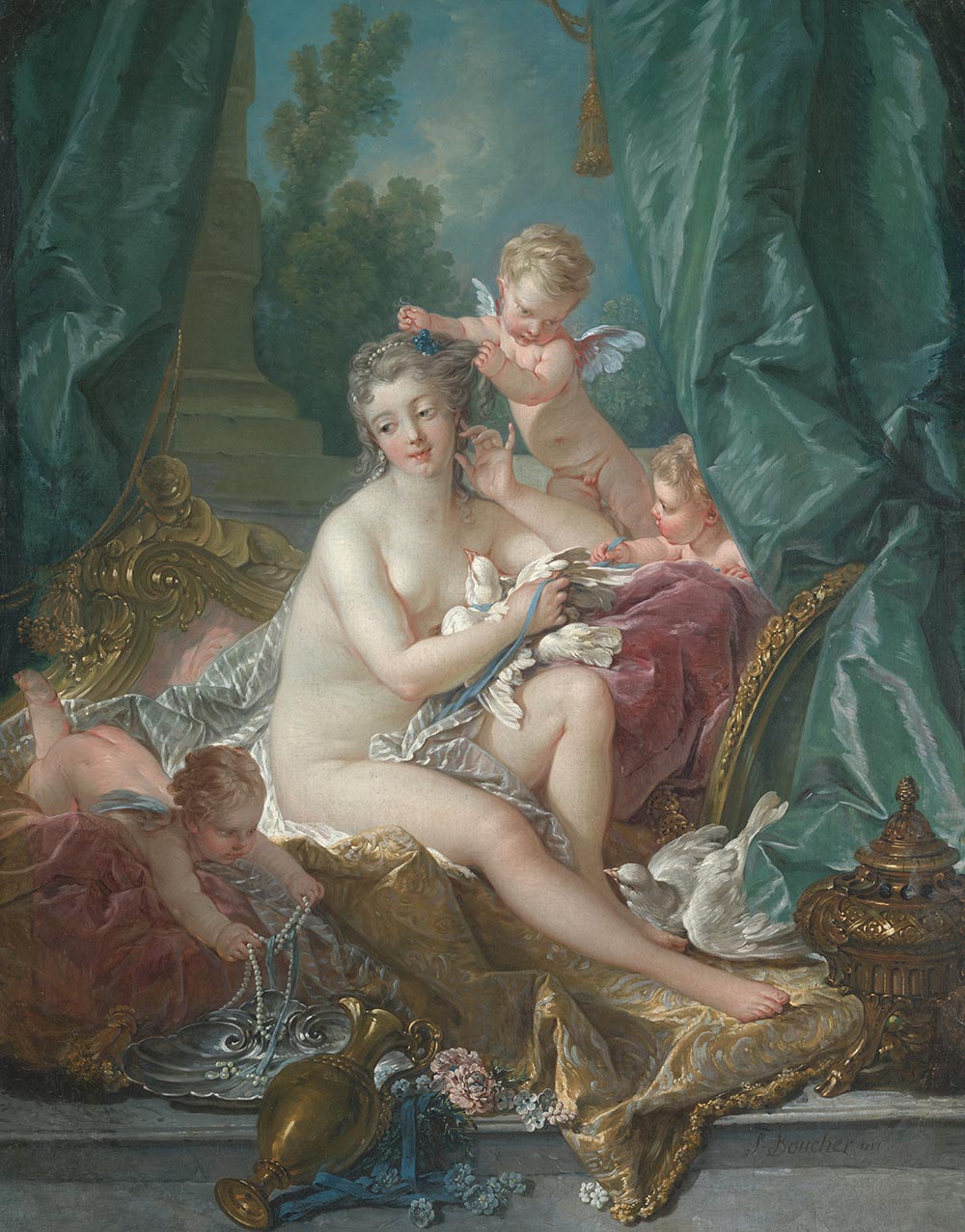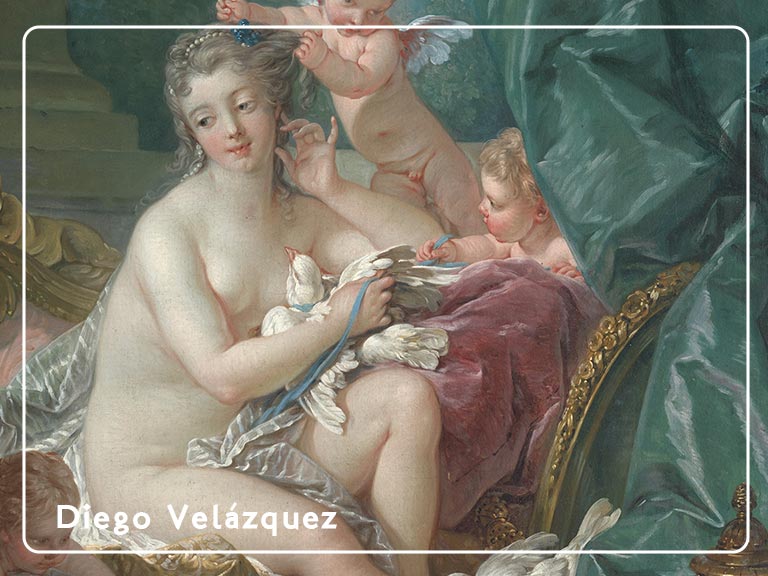Diego Velázquez, a Spanish painter of the 17th century, is widely regarded as one of the greatest artists in Western art history. His masterful use of light and shadows, combined with his exceptional ability to capture the human form, revolutionised the art world of his time. Velázquez’s works are characterised by their meticulous attention to detail, rich colours, and remarkable realism, making him an enduring figure in the annals of art.
Born on June 6, 1599, in Seville, Spain, Velázquez displayed artistic talent from a young age. He received formal training under Francisco Pacheco, a renowned artist and theorist of the Spanish Baroque period. Velázquez’s early works demonstrated his skill in portraiture and a keen eye for capturing the human likeness, setting the stage for his later masterpieces.
Velázquez drew inspiration from various artistic traditions, including the Italian Renaissance and the works of Caravaggio. His exposure to the artistic climate of Italy during his visit in 1629-1631 had a profound impact on his style. Velázquez’s art is characterised by its naturalism, attention to detail, and a sophisticated understanding of light and space.
“Las Meninas” (1656): Widely regarded as Velázquez’s magnum opus, “Las Meninas” is a masterpiece of the Baroque era. This iconic painting features a group portrait of the Spanish royal family, with the young Infanta Margarita at the center. Velázquez’s skillful use of perspective and his innovative inclusion of the viewer in the painting make “Las Meninas” a captivating and enigmatic work.

“The Surrender of Breda” (1634–1635): This historical painting depicts the surrender of the Dutch city of Breda to Spanish forces during the Eighty Years’ War. Velázquez’s masterful portrayal of the emotional interaction between the victors and the defeated, combined with his attention to intricate details, creates a compelling narrative within the painting.

“Portrait of Pope Innocent X” (1650): This portrait is a testament to Velázquez’s ability to capture the essence of his subjects. The painting depicts Pope Innocent X with a penetrating gaze and a sense of authority. Velázquez’s skillful rendering of the pontiff’s features and the play of light on his face reveals his ability to convey both physical likeness and psychological depth.

While the majority of Velázquez’s works are housed in the Prado Museum in Madrid, art enthusiasts in the United Kingdom can still appreciate his art. The National Gallery in London possesses notable Velázquez paintings, including the exquisite “The Toilet of Venus” (The Rokeby Venus) and the majestic “Philip IV in Brown and Silver.”

Diego Velázquez’s contributions to the art world are immeasurable. His mastery of light, his remarkable attention to detail, and his ability to convey the human essence continue to inspire artists and captivate viewers. Through his iconic works such as “Las Meninas,” “The Surrender of Breda,” and “Portrait of Pope Innocent X,” Velázquez’s legacy as a master painter endures. His innovative approach to composition, his skillful rendering of form, and his ability to capture emotion ensure his place among the greatest painters in history.

If you would like to receive a roundup of all of our blog posts once a week to keep you inspired in your inbox, why not sign up to our newsletter. You can access our sign up at the top of our page. If you are a London Art College student and you would like your artwork featured here, drop us a line at any time.

